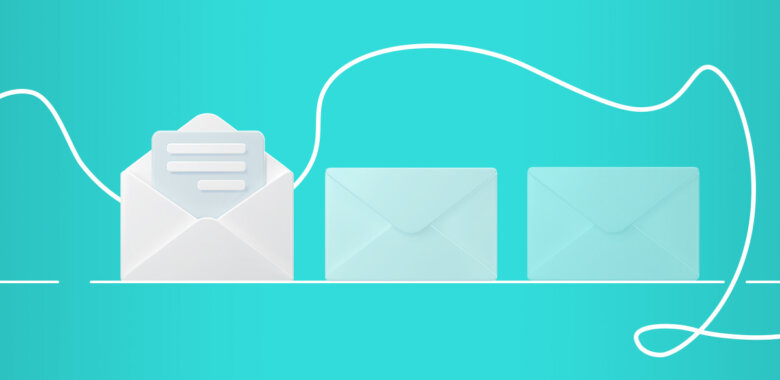How long should you wait before sending follow-up emails?
Again, will you lash out at your Tinder match for not answering within two hours? Of course not. But it doesn’t mean that you should wait for weeks to send a follow-up.
Sales and promotional emails are similar to Tinder chats in this aspect. Most sources suggest sending follow-up emails 1–3 days after the initial email. Give this time to customers so they can digest the email’s contents and come up with a reply that sounds reasonable. But follow-up timing also depends on:
- Your industry
- Your target audience
- The day of the week you sent the initial email
That’s why you should consider these numbers as advice, not the ultimate success recipe. For example, you’re running a campaign for a B2C business that sells consumer goods like food or makeup. Sending a follow-up email on a weekend in this situation will be ineffective — your customers won’t read it. At the same time, a weekend follow-up might work for a B2B business that targets startup CEOs — they will check their inbox at least on Saturdays. The best way to figure out the perfect follow-up strategy for your campaign is A/B testing. Experiment with time windows between emails and sending time, analyze the results — and you’ll figure out what works best for your campaign.
But is one follow-up email enough?
The short answer is: not really. If your prospect already rejected your offer, leave them alone. But if they keep ignoring you, feel free to send up to 5 follow-up emails. However, when it comes to time intervals, different sources provide different information. If we are to make a conclusion out of several sources, we get a schedule like this:
- Follow-up 1 on day 3
- Follow-up 2 on day 7
- Follow-up 3 on day 14
- Follow-up 4 on day 30
- Follow-up 5 on day 60
You can use it as an approximate course of action.
As you can see, for each email in the sequence, there’s more and more time to answer. And again, we don’t know the best recipe for your campaign specifically. We think it’s too extra to follow up after a month — but it might work for you. The only solution is testing — keep experimenting with time intervals and other characteristics and analyze the results.















